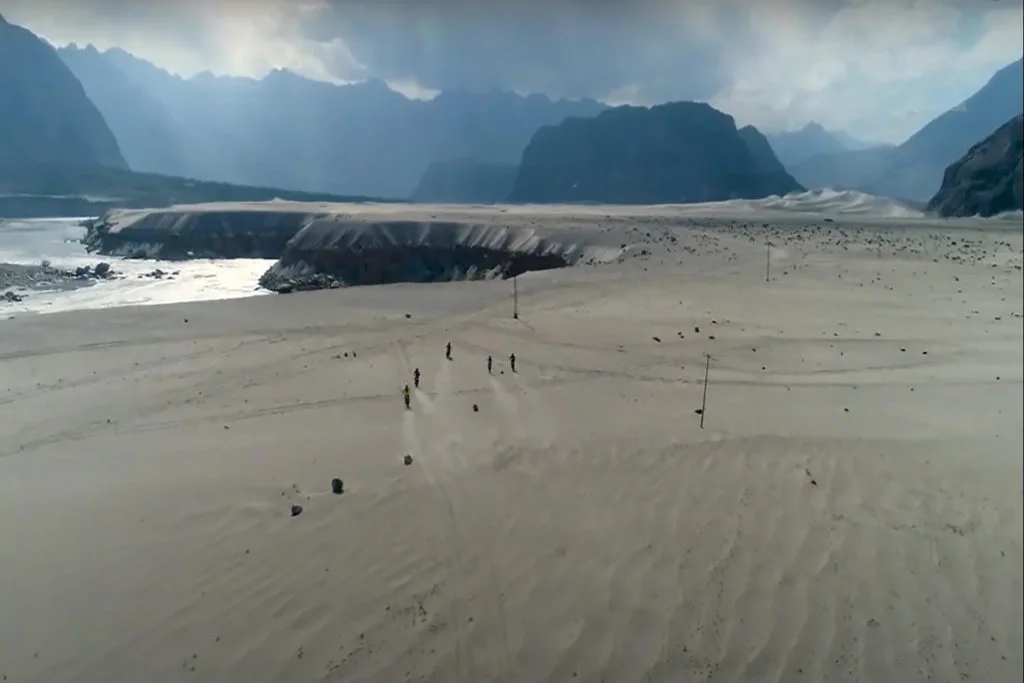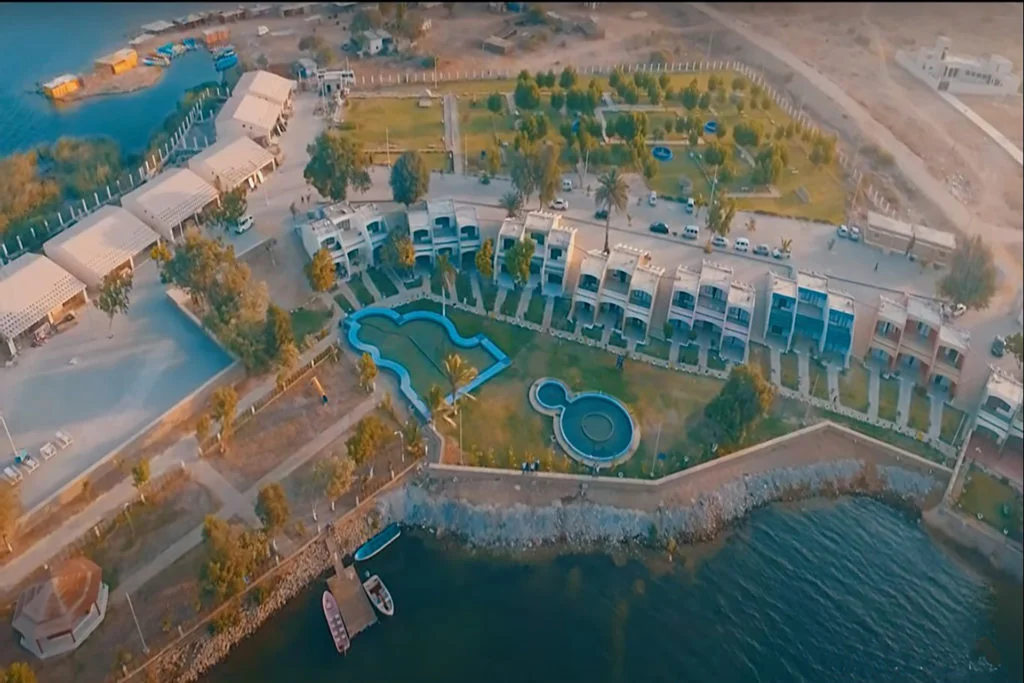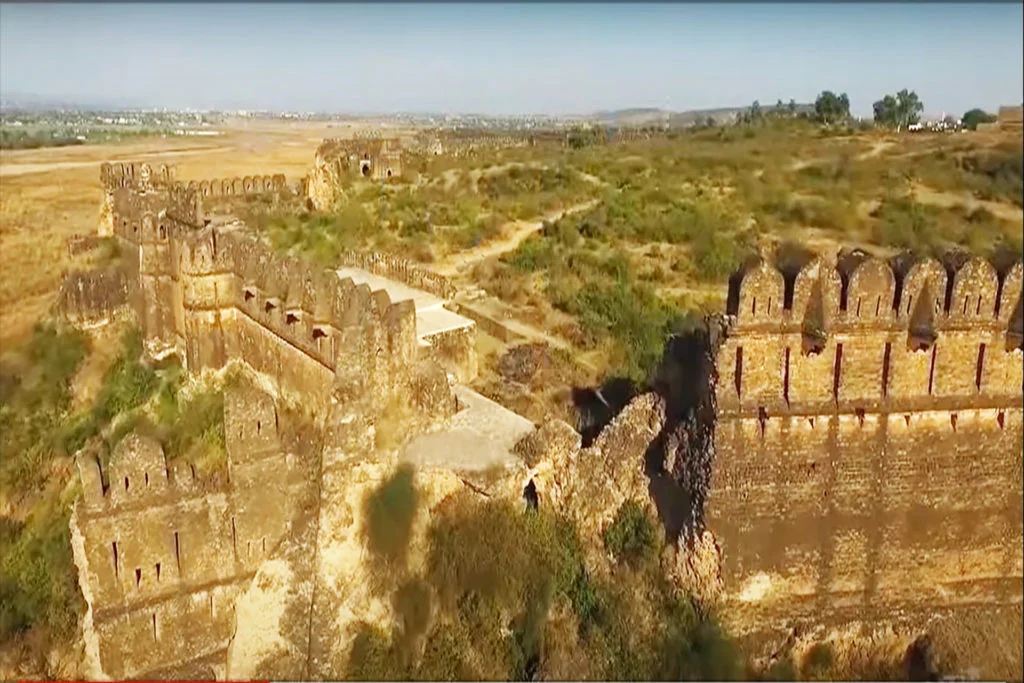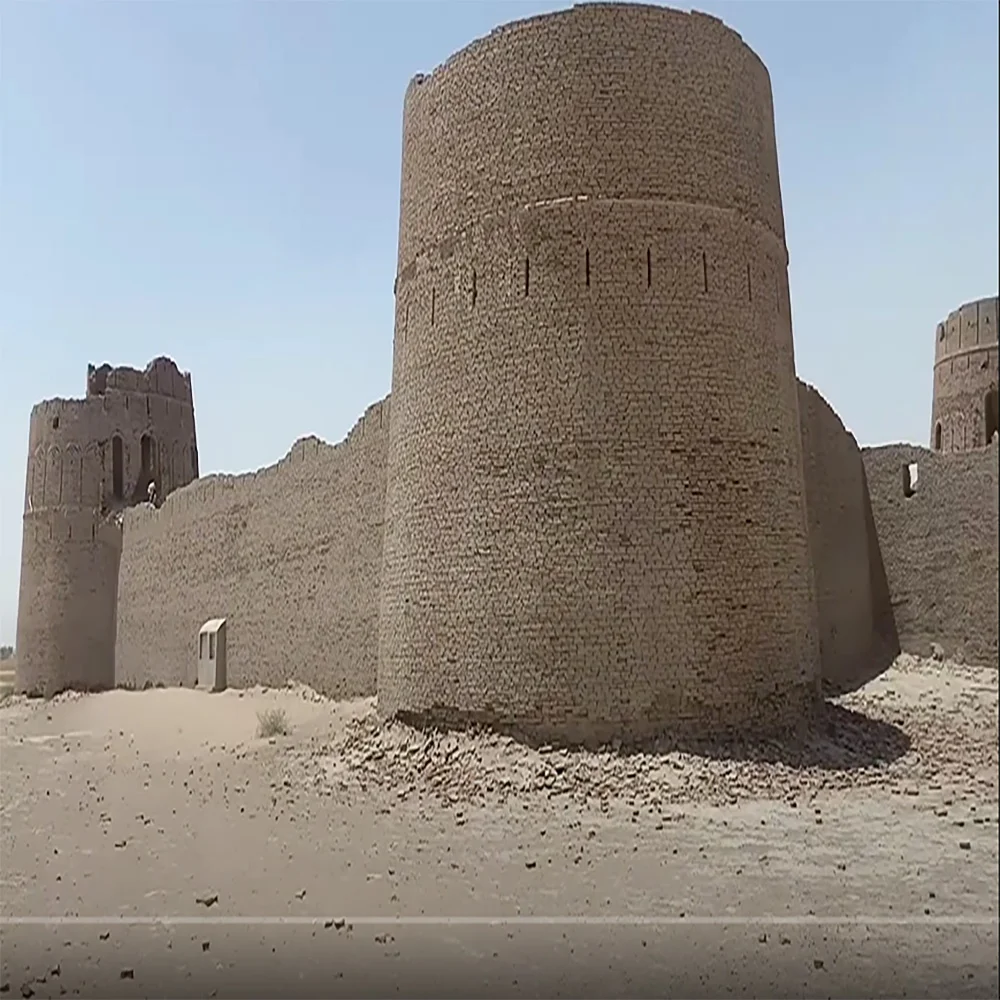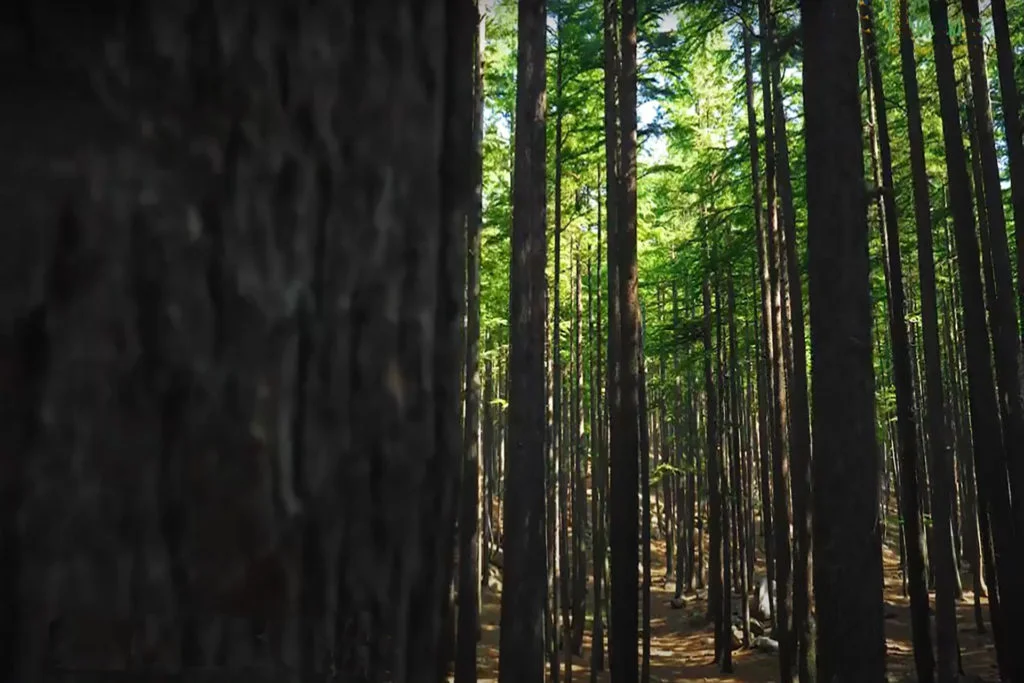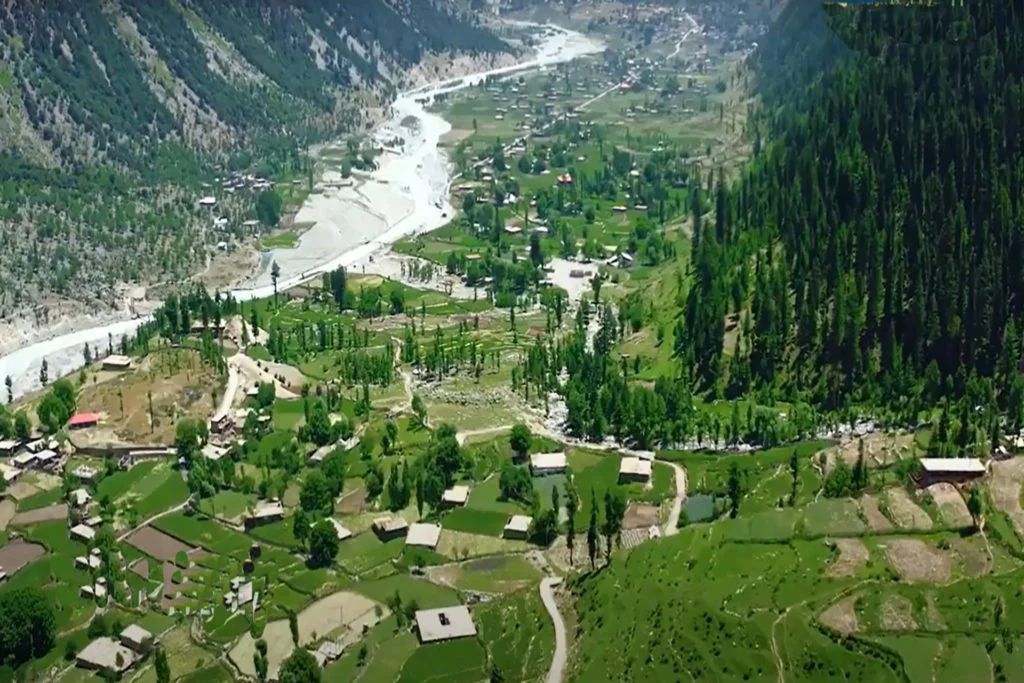The Kashmir Smast, an extraordinary network of caves and temples, is located in the Gandghar range of the Khyber Pakhtunkhwa province of Pakistan. This archaeological site, often overlooked, is of immense historical and cultural importance, providing a glimpse into the region’s rich and diverse heritage. Kashmir Samst, which translates as “Kashmir Cave”, is believed to have been an important religious, cultural and commercial center from the early centuries AD to the medieval period.
Historical Background
The origins of the Kashmir Smast are shrouded in mystery, with evidence suggesting its use dates back to the early Buddhist period of the 1st to 3rd centuries AD. These caves were probably a monastic complex, which served as a retreat and meditation center for Buddhist monks. As time passed, the place saw the influence of various dynasties and cultures, including the Kushan, Hun, and later Hindu imperial rulers.
During the Hindu imperial period (9th to 10th century AD), Kashmir reached its peak. It became an important religious site, with numerous temples and serving as a center of Hindu worship and learning. The intricate carvings and artifacts discovered at the site reflect a fusion of Buddhist and Hindu sculpture, highlighting the religious and cultural harmony of the region.
Archaeological Significance
Kashmir Smast is famous for its extensive network of caves, some of which are natural while others are carefully carved out of the rock. These caves vary in size and function, including living quarters, meditation cells, temples and storage rooms. Important archaeological features of the Kashmir Smast include:
Temples and Shrines: There are several temples in the caves which are decorated with intricate carvings and sculptures. These include depictions of Hindu deities such as Shiva, Vishnu and Parvati, indicating the religious importance of the site during the Hindu imperial period.
Inscriptions and Artifacts: Several inscriptions in ancient script as well as pottery, coins and tools have been discovered at the site. These artifacts provide valuable insight into the daily life, trade and cultural practices of the inhabitants.
Architectural Features: The caves exhibit modern construction techniques, including well-constructed staircases, ventilation systems, and water storage facilities. These characteristics show the inhabitants’ ease and adaptability to their environment.
Cultural and Historical Influences
The Kashmir Symposium serves as an important link in understanding the historical and cultural evolution of the region. The site’s unique blend of Buddhist and Hindu elements reflects the dynamic interaction of religions and cultures over the centuries. It stands as a testimony to the region’s historical role as a crossroads of civilizations, where the ideas and traditions of the East and West are intertwined.
Conservation and Challenges
Despite its historical importance, Kashmir Smast faces numerous challenges in terms of conservation. The site has suffered from natural erosion, neglect and vandalism over the years. Additionally, the lack of comprehensive archaeological survey and conservation efforts has hindered its potential as a major heritage site.
Local authorities and heritage organizations have started efforts to document and preserve the Kashmir Smast. Increased awareness and funding is essential to protect this valuable archaeological treasure for future generations. Sustainable tourism practices and community involvement are also essential to ensure site conservation while promoting historical and cultural significance.
Kashmir Smast is a hidden gem that offers a fascinating glimpse of Pakistan’s ancient history and cultural heritage. Its caves and temples, adorned with intricate carvings and filled with historical artifacts, tell the story of a region that was once a thriving center of religious and cultural activity. Efforts are underway to preserve and study the Kashmir Smast, promising to uncover more secrets of the past, which will further our understanding of the region’s diverse and dynamic history.

